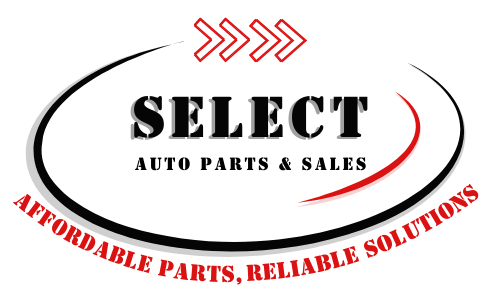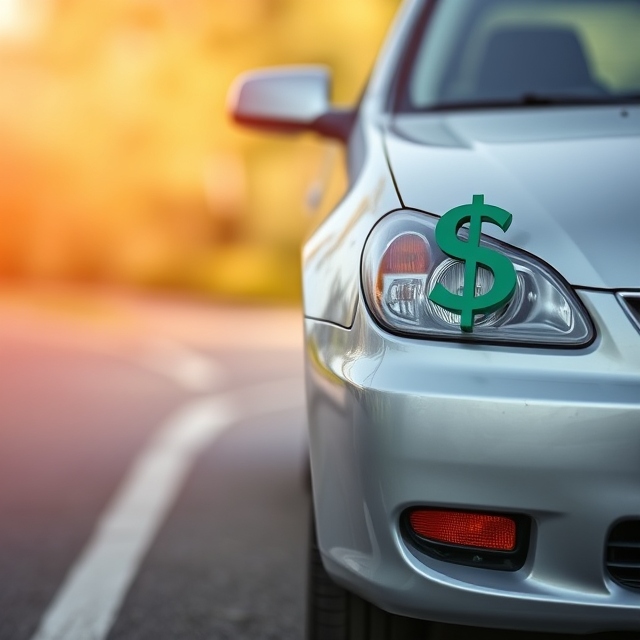Selling a car privately can be a rewarding experience if done correctly. It offers the potential for
a better sale price compared to trading it in at a dealership. In this guide, we will walk you
through the entire process, providing you with expert tips and advice to make your car sale as
smooth and profitable as possible.
Prep Your Used Car for Sale
It’s important to get your car ready before putting it up for sale. This step ensures your car is in
its best possible condition, making it more attractive to potential buyers.
Collect Your Paperwork
Gathering all necessary documents is the first step in preparing your car for sale. This includes:
Vehicle Title: The legal document that proves ownership of the car.
Bill of Sale: A legal document that records the sale transaction.
Service Records: Maintenance history that reassures buyers about the car’s condition.
Owner’s Manual: The guide that explains the car’s features and provides troubleshooting tips.
Warranty Information: If the car is still under warranty, this can be a significant selling point.
Having all these documents ready will streamline the sale process and build trust with potential
buyers.
Detailed Car Cleaning
A clean car is more appealing to buyers. Consider having your car professionally detailed or
doing it yourself. This includes:
Vacuuming the interior.
Cleaning the upholstery.
Washing and waxing the exterior.
Cleaning the windows and mirrors.
Polishing the dashboard and other surfaces.
Taking the time to detail your car can make a significant difference in its presentation and
perceived value.
Consider the Market
Understanding the market is essential to price your car correctly and find the right buyers.
Analyze the Market
Research the current market conditions for your car model. Consider factors such as:
Season: Some cars, like convertibles, sell better in the summer.
Location: Different regions have varying demands for specific car types.
Market Trends: Check online marketplaces to see how similar cars are priced.
By understanding these factors, you can set a competitive price that attracts buyers.
Price It Right
Pricing your car correctly is crucial. Use online valuation tools and resources to estimate your
car’s value. Look at listings for similar cars in your area to get an idea of what buyers are willing
to pay.
Take Great Photos
High-quality photos can make your listing stand out. Follow these tips for taking great photos:
Good Lighting: Shoot in natural light to capture clear, vibrant images.
Multiple Angles: Take photos from various angles, including the front, back, sides, and interior.
Highlight Features: Showcase unique features such as the sunroof, navigation system, and
any recent upgrades.
Show Imperfections: Be honest and take pictures of any cosmetic defects. This builds trust
with potential buyers.
Gather the Bits
Having all the necessary bits and pieces can make the selling process smoother.
Essential Items to Gather
Keys: Ensure you have all sets of keys, including any spares.
Service Records: As mentioned earlier, these provide a maintenance history.
Receipts: If you’ve made any recent repairs or upgrades, have the receipts ready.
Emissions Certificate: In some regions, you’ll need this to prove the car meets environmental
standards.
Sell Privately
Selling your car privately can yield a higher sale price compared to trading it in at a dealership.
Here’s how to do it effectively.
Create an Attractive Listing
A compelling listing can attract more buyers. Include the following in your ad:
Detailed Description: Provide an honest and detailed description of your car. Mention its make,
model, year, mileage, condition, and any notable features or recent repairs.
High-Quality Photos: Use the photos you’ve taken to showcase your car.
Price: Set a competitive price based on your market research.
Contact Information: Provide a way for interested buyers to reach you.
Cross-List Your Car
To reach a broader audience, list your car on multiple platforms. Consider:
Online Marketplaces: Websites like Craigslist, Autotrader, and Facebook Marketplace.
Local Classifieds: Your local newspaper’s classified ads section.
Specialty Sites: If you’re selling a unique or classic car, consider specialty websites.
Sell to a Dealership
If you prefer a quicker sale with less hassle, selling to a dealership is an option. Here’s how to
approach it.
Advantages of Selling to a Dealer
Speed: Dealerships can often make an offer and complete the sale quickly.
Convenience: Avoid the time and effort of finding a private buyer.
Trade-In Option: You may being able to sell in your car and use the value against the purchase
of a new one.
Prepare for the Offer
When approaching a dealership
Know Your Car’s Value: Use online valuation tools to understand your car’s worth.
Be Prepared to Negotiate: Dealerships may offer a lower price, but there’s often room for
negotiation.
Plan Ahead for Test Drive Requests
When selling a car, test drives are a common practice. Here’s how to handle them safely.
Safety Tips for Test Drives
Check the Buyer’s License: Prior to giving the buyer the keys, request to see their driver’s
license.
Meet in Public: Make plans to meet in a public, safe area.
Bring a Friend: Make reservations for a friend to go with you for the test drive.
Set boundaries: agree on a route and a time limit for the test drive.
Car Insurance
Maintaining proper insurance coverage is essential during the sale process.
Auto Insurance Policy
Ensure your auto insurance policy covers test drives and the period while the car is still in your
possession. To confirm the specifics of your policy, speak with your insurance member.
Replacement Car Insurance
When you sell your car, you’ll need to update your insurance policy to reflect the new vehicle
you purchase. Discuss your options with your insurance agent to ensure you’re adequately
covered.
After You Sell Your Car
Once the sale is complete, there are a few final steps to take.
Notify the DMV
Notify the office of the Department of Motor Vehicles (DMV) in your area of the sale. This usually
involves submitting a release of liability form, which removes your name from the car’s title.
Cancel or Transfer Insurance
Contact your insurance company to cancel or transfer your policy to your new car. Make sure
you’re covered continuously to avoid any lapses in insurance.
Final Thoughts
Selling a car privately can be a rewarding experience if approached correctly. By preparing your
car, understanding the market, and following the steps outlined in this guide, you can ensure a
smooth and successful sale. Remember to maintain proper insurance coverage throughout the
process and be cautious during test drives.
Tips for Selling Your Car Privately
● Tip
● Gather Documenta: Collect the title, bill of sale, service records, owner’s manual, and
warranty information.
● Price Competitively: Use online tools to set a fair price based on market research.
● Clean Thoroughly: Detail your car to make it more appealing to buyers.
● Capture High-Quality Images: Take crisp, well-lit pictures from different points of view.
● List on Multiple Platforms: maximize exposure by listing on various online and local
marketplaces.
● Be Safe During Test Drives: verify licenses, meet in public places, and bring a friend.
● Update Insurance: Ensure continuous coverage and update your policy after the sale.
FAQs
Q: How do I determine the right price for my car?
To determine the right price for your car, research the current market conditions and use online
valuation tools. Look at listings for similar cars in your area to understand what buyers are
willing to pay.
Q:What paperwork is required for a private car sale?
You’ll need the vehicle title, bill of sale, service records, owner’s manual, and any warranty
information. The sale procedure will go more smoothly if these documents are prepared.
Q: How can I make my car more attractive to buyers?
Clean and detail your car thoroughly. Take high-quality photos from various angles and provide
a detailed description in your listing. Highlight any unique features and recent upgrades.
Q: Is it safe to let potential buyers test drive my car?
Yes, but take precautions. Verify the buyer’s driver’s license, meet in a public place, bring a
friend, and set boundaries for the test drive. Make sure test drives are protected by your auto
insurance protection.
Q: Should I sell my vehicle to a dealership or privately?
Although it could need more time and work, selling privately can result in a higher sale price.
Selling to a dealership is quicker and more convenient, but you might get a lower price. Select
the option that best meets your needs after taking your priorities into account.


